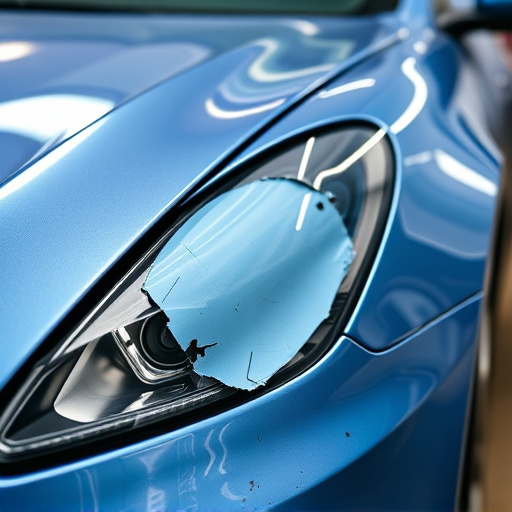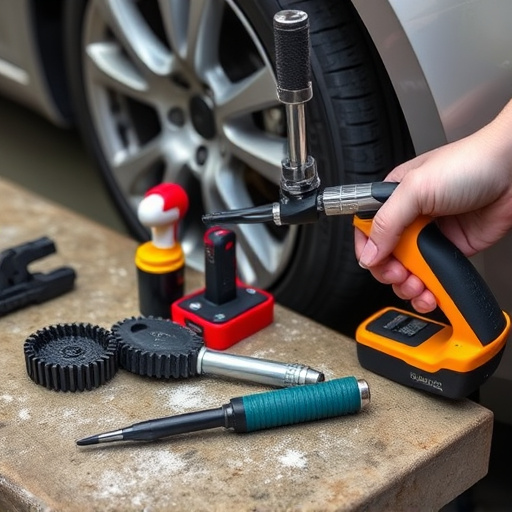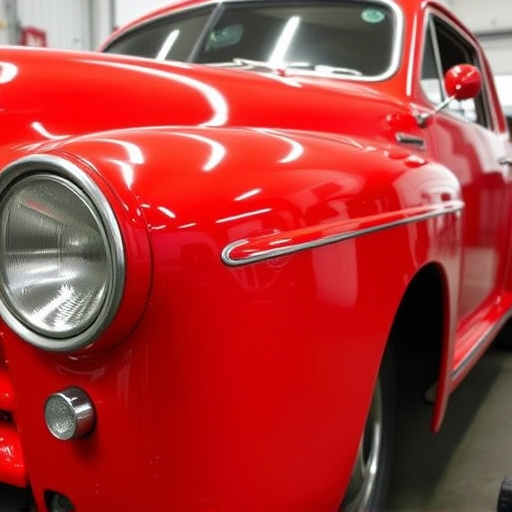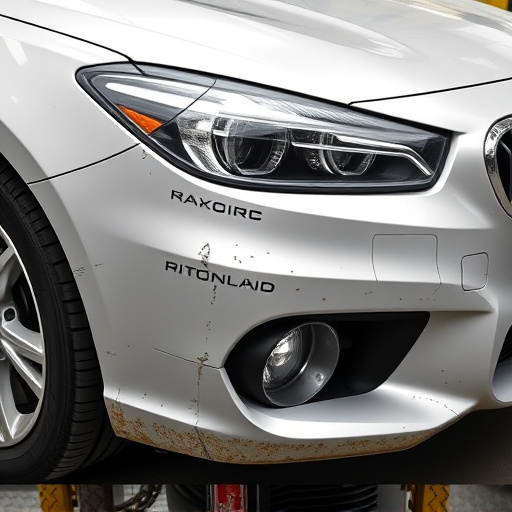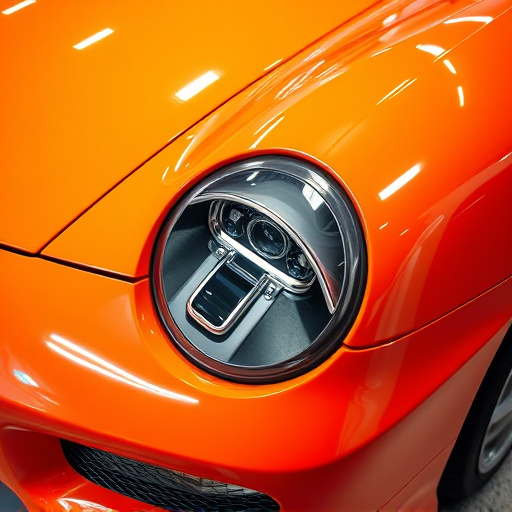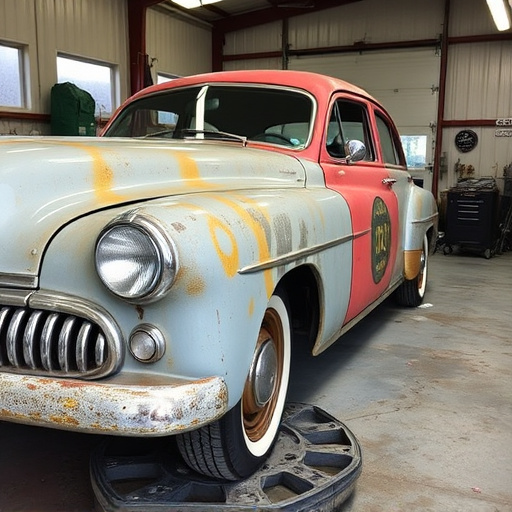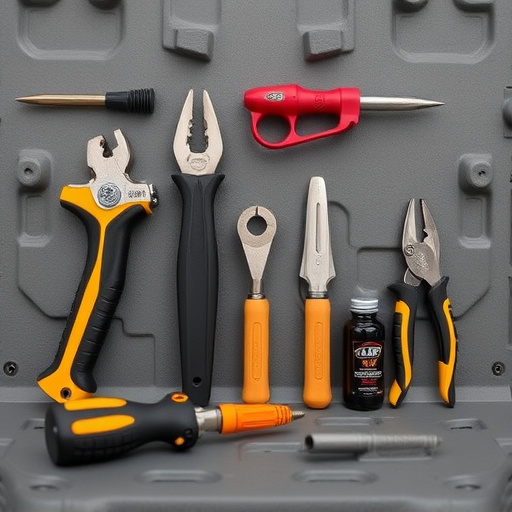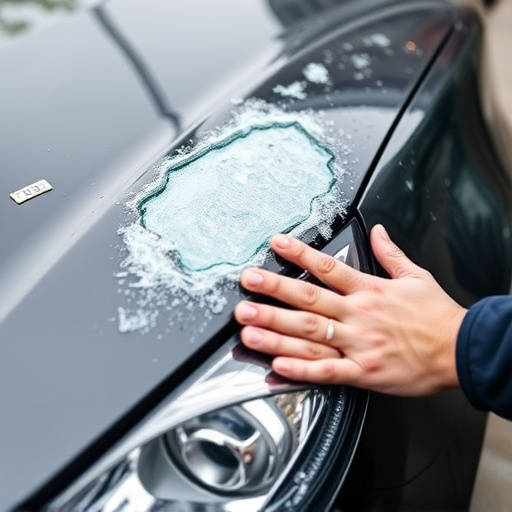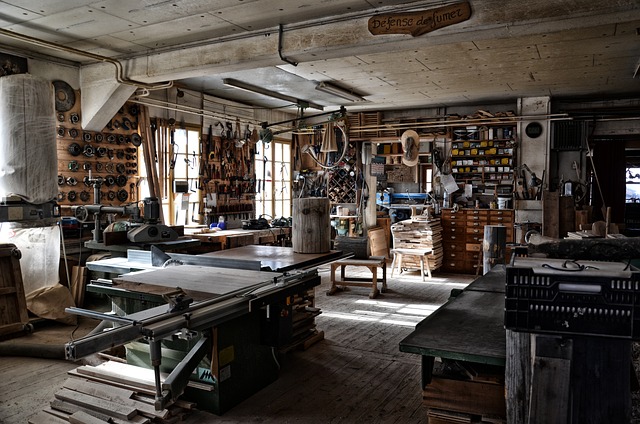Mercedes carbon fiber parts repair is a specialized art using advanced tools and techniques. Technicians assess damage, prepare surfaces, layer resins and fiber fabrics, and apply clear coats for strength and aesthetics. Essential tools include precision knives, resin applicators, and CAD software to ensure original integrity and meet Mercedes' high standards.
In the realm of luxury automotive restoration, Mercedes-Benz stands out for its meticulous craftsmanship and advanced materials. When it comes to repairing or replacing Mercedes carbon fiber parts, a specialized set of tools is essential for achieving factory-like precision. This article delves into the intricate process, exploring the Mercedes carbon fiber repair techniques and unveiling the critical tools needed to restore these high-performance components to their optimal state. From damage assessment to final refinement, discover the secrets behind expertly repairing Mercedes carbon fiber parts.
- Understanding Mercedes Carbon Fiber Repair Process
- Essential Tools for Carbon Fiber Damage Restoration
- Techniques to Replace and Refine Damaged Parts
Understanding Mercedes Carbon Fiber Repair Process
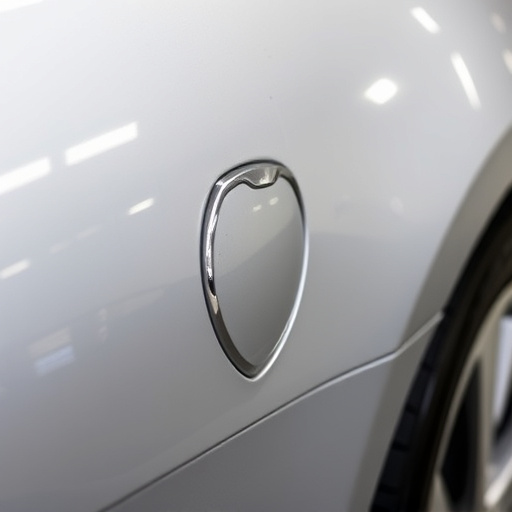
The Mercedes carbon fiber repair process is a specialized art within the automotive repair industry. It involves the meticulous restoration and reinforcement of carbon fiber composite parts, which are prevalent in modern Mercedes vehicles for their lightweight yet durable properties. This intricate procedure demands a deep understanding of materials science and advanced techniques to ensure precision and structural integrity.
The first step in the process is assessing the damage to the carbon fiber part. Skilled technicians use visual inspection, along with specialized tools like UV lights and impact testing, to identify any cracks, delaminations, or other defects. Once the damage is mapped out, the auto body repair experts begin the intricate task of preparing the surface. This includes careful removal of loose fibers, filling in gaps with composite fillers, and sanding to create a smooth base for the restoration. The heart of the repair lies in applying specialized carbon fiber resins and fiber fabrics, carefully layered and cured under controlled conditions to match the original part’s strength and aesthetics. Finally, a clear coat is applied to protect the repair, matching the vehicle’s original finish. This meticulous approach ensures not only the structural soundness of the Mercedes carbon fiber parts but also their visual harmony with the rest of the vehicle, highlighting the brand’s commitment to craftsmanship and innovation.
Essential Tools for Carbon Fiber Damage Restoration

When it comes to repairing Mercedes carbon fiber parts, a skilled technician’s toolkit is essential for achieving precise and seamless results. The process demands a unique set of tools tailored to handle this specialized material. Here are some key components that form the foundation of an effective Mercedes carbon fiber repair kit.
First and foremost, you’ll need precision knives and scrapers designed specifically for carbon fiber. These tools allow technicians to carefully remove damaged or loose fibers while preserving the surrounding intact structure. Additionally, a selection of resin applicators and brushes are crucial for applying the necessary bonding agents and resins during the repair process. Car dent removal techniques often come into play, as minor dents or dings can impact the overall aesthetics of carbon fiber components. Vehicle dent repair expertise ensures that these issues are addressed before the final restoration, guaranteeing a flawless finish.
Techniques to Replace and Refine Damaged Parts
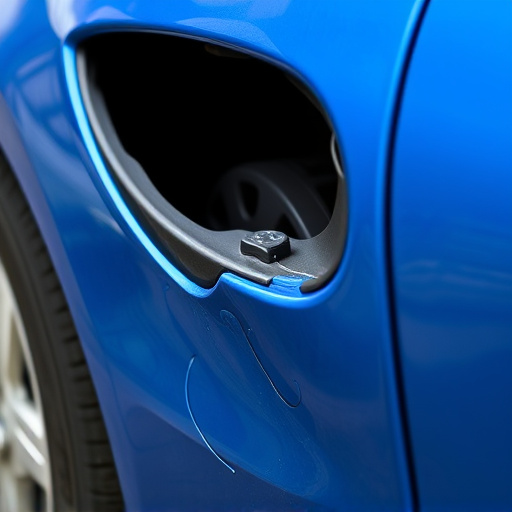
When it comes to repairing Mercedes carbon fiber parts, techniques must be precise and specialized. The process often involves several steps to ensure the original integrity and aesthetics of the vehicle’s exterior. Skilled technicians utilize a combination of manual dexterity and advanced tools tailored for carbon fiber repair. These include specialized cutting tools to remove damaged or decomposed material, allowing for clean and accurate replacement. After the damaged area is prepared, high-quality composites in the form of pre-pregnated sheets are carefully laid up, creating a precise replica of the original part.
Vibrant colors and intricate finishes characteristic of Mercedes vehicles demand meticulous attention during the refinement stage. Technicians employ fine sandpaper and precision tools to smoothen the surface, ensuring a seamless blend with the surrounding unharmed sections. This meticulous process is crucial for achieving an exceptional finish that matches the vehicle’s high standards. Moreover, collision repair services often incorporate advanced technology, such as computer-aided design (CAD) software, to create precise molds or templates, making replacement parts as close to the original as possible, enhancing the overall quality of auto body services and vehicle restoration.
Mercedes carbon fiber parts repair requires a specialized set of tools and techniques. By understanding the process, having the right tools like composite repair kits, and mastering replacement and refining methods, you can restore damaged carbon fiber components to their original condition. These advanced restoration techniques ensure Mercedes vehicles maintain their sleek, high-performance appearance, making them a game-changer in automotive care.
